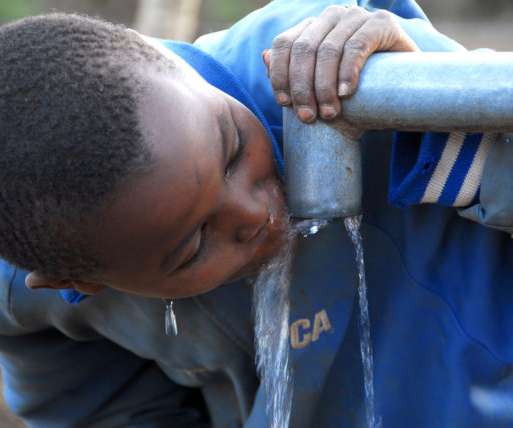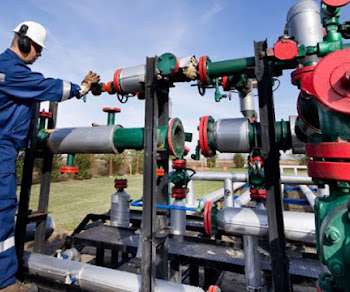Back in Black: Creating positive changes by focusing on a short-lived pollutant
HumanNature
MARCH 31, 2021
Outdoor air pollution accounts for approximately 3.7 – 4.8 AMAP Assessment 2015: Black Carbon and Ozone as Arctic Climate Forcers.” Particulate Matter Air Pollution and Cardiovascular Disease.” link] Climate & Clean Air Coalition. Health Effects of Fine Particulate Air Pollution: Lines That Connect.”













Let's personalize your content